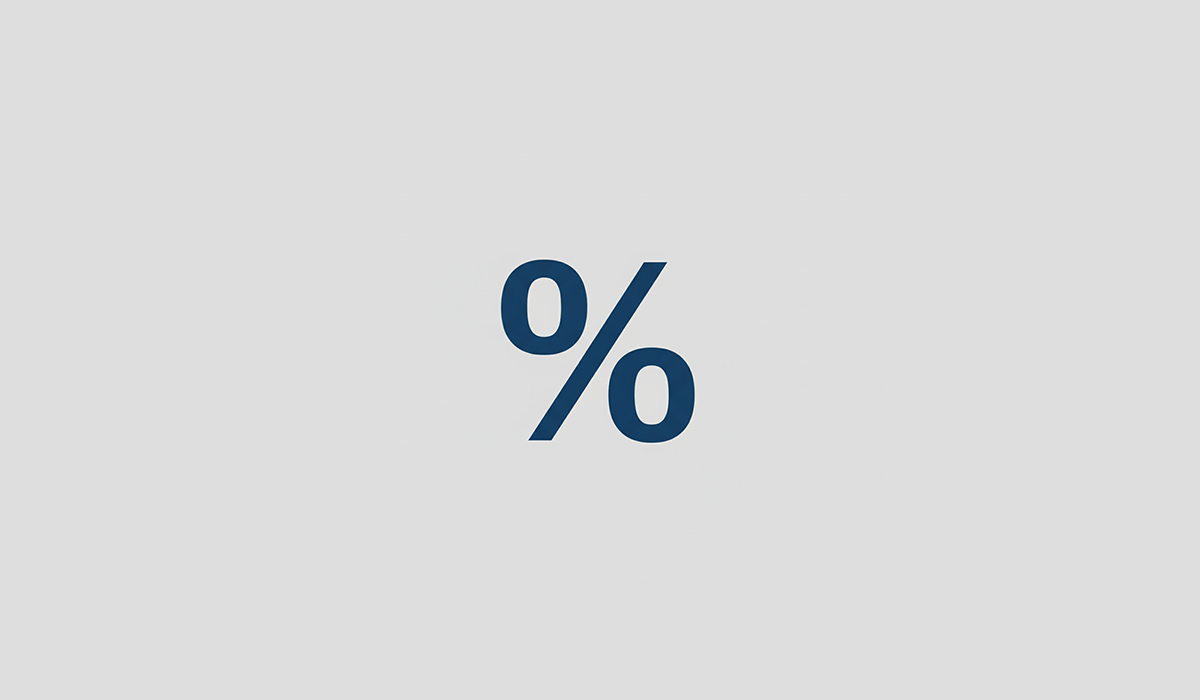Sometime last year, I casually logged into an old Phantom wallet, and guess what? I was eligible to claim a stash of JUP tokens. Having been away from active crypto action, I wasn’t expecting any ‘free money.’ But to my astonishment, I raked in about $2,000 for doing absolutely nothing. And this, my friends, is what a crypto airdrop is. Walk with me as I teach you how to get free crypto through airdrops.
An airdrop is a popular marketing strategy used by blockchain projects. It involves the distribution of free tokens to a large number of wallets with the aim of creating awareness, quickly building hype, and rewarding certain users. The initial JUP airdrop in 2024 was an astronomical success, so much so that it made a comeback in 2025, with two more rounds already planned.
Fun Fact: Cryptocurrency airdrops draw their name directly from physical airdrops conducted by aircraft. Just as planes deliver essential resources like weapons, food, or medicine by dropping them from the sky, crypto projects distribute digital assets directly into users' wallets.
How Does A Crypto Airdrop Work?
As of July 2025, there were over 37 million unique cryptocurrency projects. Although we both know that many of these projects are meaningless, thousands of new tokens hit the market every single day. Imagine launching a new project in this already crowded space. New and existing projects rely heavily on marketing to make headway, and this is where airdrops come in. An airdrop typically follows this pattern:
- Announcement: The project announces the upcoming airdrop on their social media platforms and drops a guide on how users can become ‘eligible’.
- Eligibility check: Participants are often rewarded based on any of these popular methods: task-based rewards, wallet sign-in/connections, long-term holder reward, referral reward, and early-user reward.
- Snapshot: Depending on the mode of distribution, the project takes a snapshot of the user’s activity on an announced date and time. You become eligible if you are an active participant in the project before the snapshot.
- Distribution: Eligible users receive their tokens automatically or manually have to claim them from a website.
- Token Utility: The user may decide to sell, trade, or HODL their airdropped tokens.
Fun Fact: The very first cryptocurrency airdrop happened on March 25, 2014, with AuroraCoin (AUR). Pitched as Iceland's national digital currency, it famously gave 31.8 AUR to every citizen or permanent resident who submitted their national ID.
Are Airdrops Safe?
You are probably familiar with the saying that the crypto space is a Wild West. Although I have never been a victim of an airdrop scam, I’ve had my wallet drained in an NFT scam by approving a malicious transaction on my wallet. So, no, not all airdrops are safe.
Airdrops are mostly free, and any project that asks you to pay to claim rewards is definitely a scam. As a rule of thumb, avoid sites asking for your private keys or seed phrases, airdrop requiring ‘high’ gas fees immediately, projects with sketchy social media links, and token claim links that don't match the project’s website.
Security tips:
- Use a separate wallet for airdrops
- Enable wallet notifications
- Check projects on CoinMarketCap and CoinGecko before interacting
- Never sign an ‘Approve all' transaction from a random website
How to Find Upcoming Airdrops
- Airdrop Aggregators and Listing Platforms: These websites specialize in curating and listing upcoming and ongoing airdrops, often providing crucial details like eligibility criteria, distribution timelines, and task requirements. They are a primary resource for many airdrop hunters, and here are the top picks on my list.
- Airdrops.io
- AirdropAlert.com
- CoinGecko / CoinMarketCap Airdrop Sections
- Blockchain Ecosystems & Protocols: Many of the most valuable airdrops come from nascent or growing blockchain ecosystems and Layer 2 solutions. Engaging with these directly can position you for future token distributions. So, be on the lookout for the next new blockchain.
Personal experience has taught me that the most rewarding airdrops come from new blockchain protocols. While launches on listing platforms typically reward users with $1 to $20, ecosystem launches could pay up to $500.
In conclusion, crypto airdrops are a great way to earn free tokens and explore new projects. Stay informed, cautious, and keep your wallet safe.



.png)

